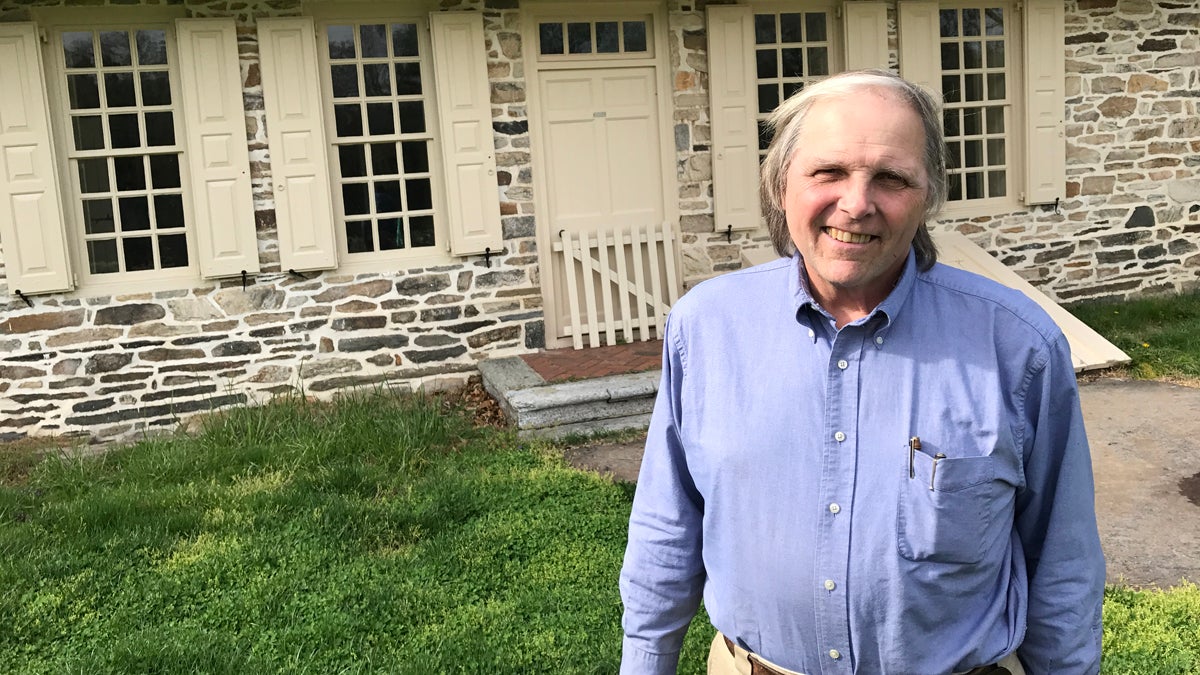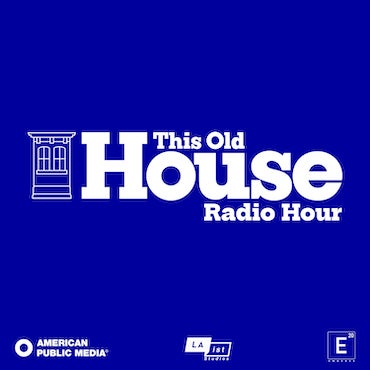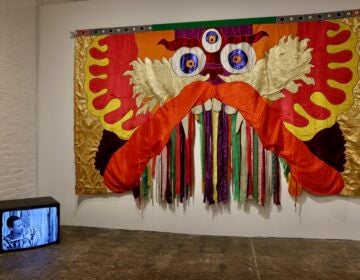As new museum opens, other Revolutionary revelations await at historic sites in region
Listen
Bruce Gill, executive director of Harriton House, says the historic property in Bryn Mawr was the site of the Battle of Gulph Road in December 1777. (Photo provided)
Wednesday marks the grand opening of Philadelphia’s Museum of the American Revolution in the Old City neighborhood.
The $120 million project aims to relay stories of early murmurings of Colonial discontent; walk patrons through the nuts and bolts of the eight-year war; and showcase the creation and adoption of the country’s founding documents.
It makes sense that historic sites throughout the region — that recount America’s fight for independence — have been riding the coattails of enthusiasm leading up to the museum’s opening.
About 10 miles from Philly as the crow flies — and just about a day’s journey on horseback before the creation of modern roads — lies Harriton House.
Originally known as Bryn Mawr, this historic house in Bryn Mawr on the Main Line, was most famously the residence of Charles Thomson, the one and only secretary to the Continental Congress and Confederation Congresses. The property tells the story of a homestead, innovative thinking, and a little-known battle, said Bruce Gill, executive director of Harriton House.
“The Battle of Gulph Road was fought across this property in December 1777,” he said. The story goes that the British, who were occupying Philadelphia, marched out of Philadelphia to forage for pigs, hay, and other essentials.
“And they bumped into Washington’s Army at what we call Conshohocken,” he explained. “The Pennsylvania militia held them off while Washington escaped back across the (Schuylkill) River.”
Years after Thomson left public service, Gill said, he moved to Harriton House, originally a 700-acre land grant from William Penn in 1682. Thomson came by the home through his marriage to Hannah Harrison. He and his wife spent their retirement years there until his death in 1824.
Thomson experimented with agriculture techniques during his retirement. He had long been an ardent abolitionist and is perhaps most remembered for designing America’s Great Seal.
Gill said there’s hope the new museum can bring attention to places like Harriton House that have part of the story of the American Revolution to tell.
“The Museum of the American Revolution is going to tell the larger story,” Gill said. “We (as satellite historic sites) are parts of that story. And the museum can roll all of this together, and then people can explore all the different facets all within 10 to 20 miles of Philadelphia.”
To learn more about other historic sites that tie into the story of the American Revolution, go to visitphilly.
WHYY is your source for fact-based, in-depth journalism and information. As a nonprofit organization, we rely on financial support from readers like you. Please give today.





